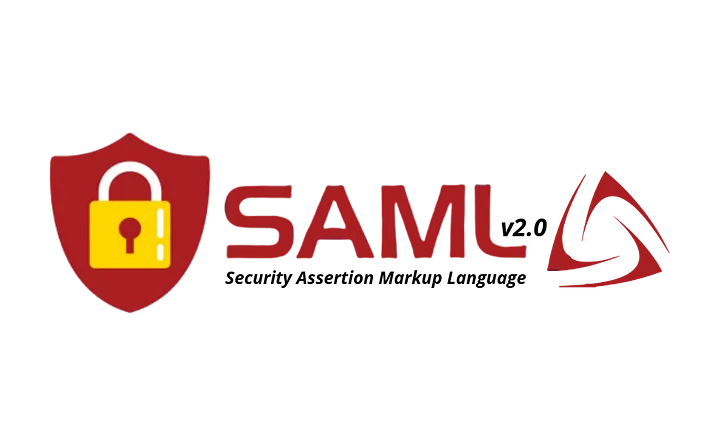Maximizing Efficiency and Security: Unveiling the Power of Single Sign-On (SSO) with SAML in LogicalDOC
- Introduction to SAML and SSO
Single Sign-On (SSO) using Security Assertion Markup Language (SAML) has emerged as a robust solution for simplifying user authentication across various applications. This open standard facilitates the secure exchange of authentication and authorization data between identity providers (IdP) and service providers (SP). LogicalDOC can be configured to act as a SAML 2.0 Service Provider (SP), allowing seamless integration with SAML identity providers like Okta.
- Simplifying User Authentication
At its core, SSO with SAML streamlines the login process for users. Instead of managing multiple sets of credentials for different applications, users can authenticate themselves using a single set of credentials provided by their SAML identity provider. This not only enhances user convenience but also bolsters security by reducing the likelihood of password fatigue and the need for users to remember multiple login details. - Centralized Identity Management
The integration of LogicalDOC with SAML offers several advantages. Firstly, it supports centralized identity management. Administrators can control user access to various sites by managing permissions through the SAML identity provider credentials. This centralized approach simplifies the management process and enhances security by ensuring that a unified set of policies governs user access. - Efficient Configuration with Metadata
Furthermore, LogicalDOC's support for using a single metadata file for configuring the Identity Provider streamlines the setup process. The metadata file contains essential information such as the IdP certificate, entity ID, and redirect URL, simplifying the integration and ensuring a standardized approach. - Automatic Retrieval of User Attributes
The benefits of this SAML integration extend beyond just simplifying the login process. LogicalDOC leverages SAML attributes to automatically pull user information upon login, including the full name, email, and username. This automatic retrieval enhances the user experience by eliminating the need for manual data entry and ensures that user profiles are consistently up-to-date. -
Tested Compatibility
LogicalDOC with SAML 2.0 compatibility has undergone rigorous testing with prominent identity providers, including:
The compatibility and testing with Microsoft Active Directory Federation Services (ADFS) ensure that organizations using ADFS as their identity provider can seamlessly integrate it with LogicalDOC. This compatibility expands the range of options for businesses already invested in Microsoft's identity and access management solutions.
LogicalDOC's compatibility testing with JumpCloud, a cloud-based directory service, signifies its adaptability to modern cloud-centric identity management solutions. Organizations leveraging JumpCloud for user authentication can seamlessly integrate it with LogicalDOC, promoting a cohesive and secure user experience.
Okta, a widely used identity and access management platform, has been tested for compatibility with LogicalDOC's SAML 2.0 integration. This ensures that businesses relying on Okta can effortlessly implement SSO with LogicalDOC, streamlining user authentication and access management processes.
- Automatic Account Provisioning
Automatic account provisioning is another notable feature facilitated by SAML integration. When a user logs in for the first time using their SAML credentials, LogicalDOC can automatically create a user account. This streamlines the onboarding process and ensures that user accounts are synchronized between the identity provider and LogicalDOC, reducing the risk of discrepancies. - Conclusion: Enhancing Security and User Experience
In conclusion, SSO with SAML, especially in the context of LogicalDOC, simplifies user authentication, enhances security, streamlines user management, and provides a seamless experience for administrators and end-users. As organizations increasingly adopt diverse software applications, adopting SAML standards for Single Sign-On becomes a strategic move in achieving a secure, efficient, and user-friendly authentication process.
For more information see: SAML Single Sign-On in the documentation website.

